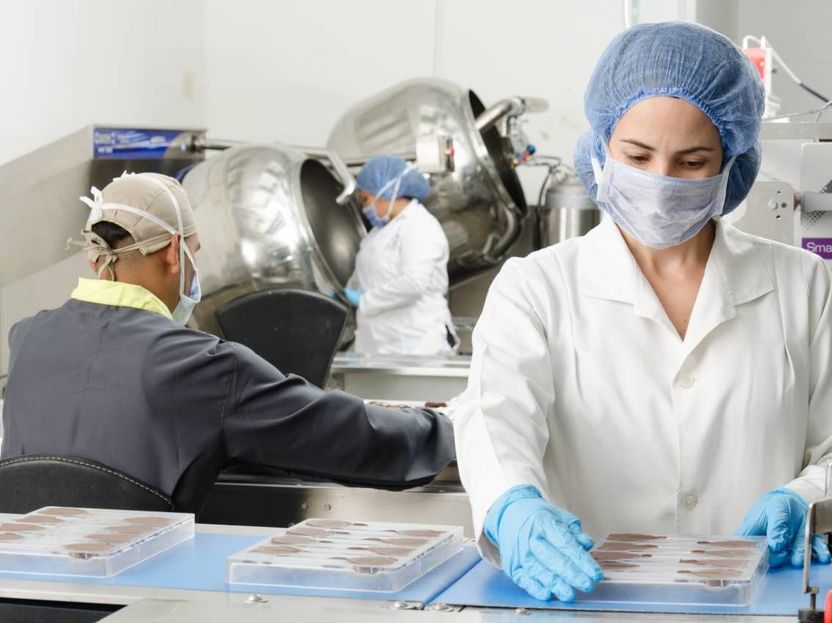Cell-based meat – the future?
Whether it’s referred to as cell-based meat, clean meat, lab grown meat, alternative protein or cultured meat, one’s thing’s for sure – the food industry cannot stop talking about it right now. Key players in the industry are attracting huge swathes of investment from companies seeking to get in early on something that has the potential to completely dominate the ‘meat’ industry.

bowman ingredients
Will it succeed?
Plant-based meat alternatives have already been a runaway success, for the three-fold benefit to health, the environment and animal welfare.
Cell-based meats don’t necessarily have all of these three factors in their favour. As it is essentially, ‘real meat’, cell-based meat is in theory no more healthy than regular meat, but it does have the potential to be engineered to be super-lean. And it can be grown without the growth hormones and antibiotics used in animal agriculture. Vegan purists take issue with the fact that cultured meat is lab-grown from cells which do have to be originally harvested from an animal, though in comparison to factory farming it is clearly the better choice with regard to both animal welfare and the environment.
The main reason many believe cultured meat will succeed is because the market for this product is not the vegans and plant-based eaters who have already made the switch for those three-fold reasons. It’s the considerably larger market of meat-eaters who are concerned about the issues but still desire an authentic meat taste and mouthfeel.
If we are to keep up with the current level of demand for meat, which will only grow further as populations increase and overseas markets become more developed – we need another source. Animal agriculture as it stands cannot sustainably provide it.
Cultured meat can also be grown in places where conditions are not suited to conventional animal agriculture, and in locations close to where it will be sold, reducing the financial and environmental costs of transportation.
However, it’s early days. Lab-grown meat is yet to reach the market in any form and faces the challenges of how to scale up, brings cost down and meet regulation requirements that are yet to be developed for this brand new industry.
The hope is that as the process is perfected at scale, price parity with conventional meat will one day be achieved.
So what are the opportunities and the likely first products to market?
‘Minced’ products
As the likes of Beyond Meat and Impossible have found, creating burgers, sausages and nuggets (products with a uniform, softer texture) are easier to produce, and the same will undoubtedly be true of cell-based meats. While on the one hand, this is the cheapest kind of meat to go head-to-head with in terms of pricing, on the other hand, if they can crack this at scale there is potential to massively reduce the animal impact of the burger industry and other quick service restaurants.
Fish & seafood
With rising consumer awareness of the impact of the fishing industry (both wild and farmed), there is increased demand for alternatives. In addition to overfishing, consumers are aware of the issue of microplastics, toxins and heavy metals found in fish, particularly in larger species.
With a softer texture, there’s a possibility that fish and seafood may be easier to create in a lab than red meat, and it’s easy to imagine it quickly becoming more cost effective than premium fish such as blue fin tuna, taking the pressure off declining ocean populations.
‘Real cuts’
While the plant-based meat alternative market is making great strides in replicating uniform textured meat products such as sausages and burgers, the ultimate goal of cell-based meat would be to create the perfect marbled steak or Iberian ham – expensive cuts for which there is currently no animal-free alternative to. If this can be achieved, major inroads can be made into the consumption of animal meat.
Blends
Real cuts are likely to take the longest time to develop, and due to pricing, it’s logical to expect that the first products to market will be a blend of lab grown and plant-based meat, creating a product that has a ‘meatier’ quality without the costs associated with 100% cell-based meat. This kind of product has the potential to win over those who are sceptical of purely plant-based alternatives.































































